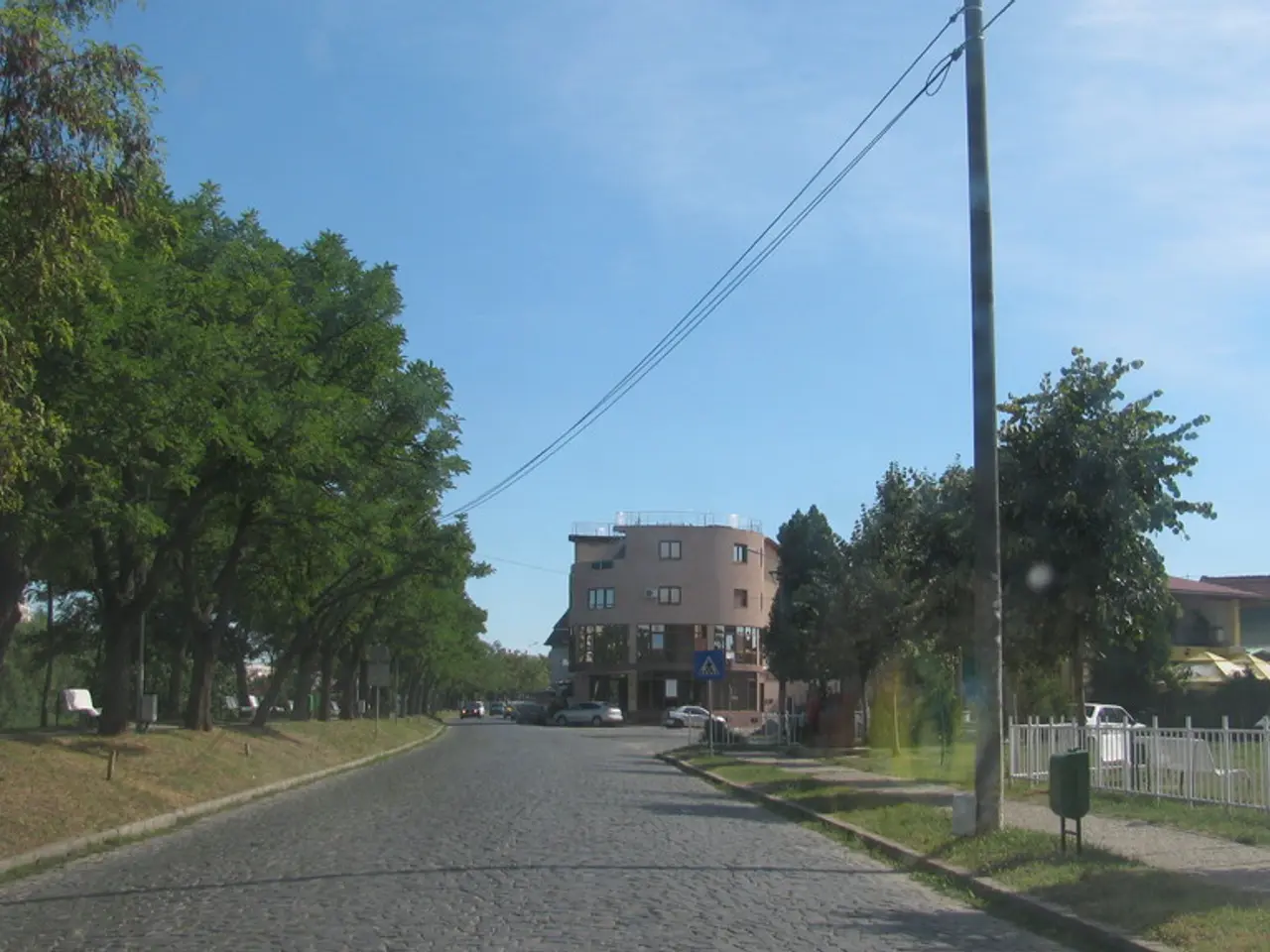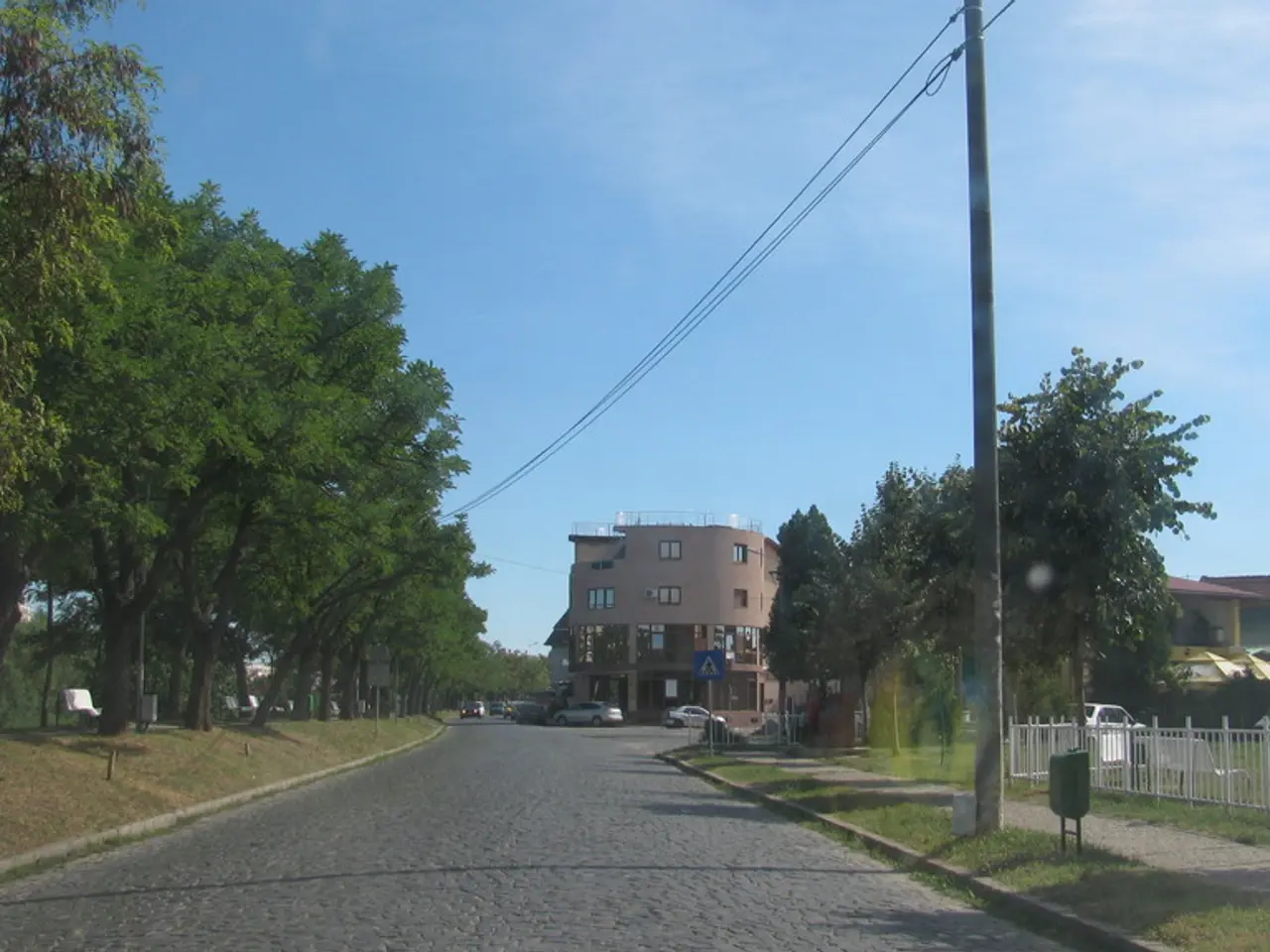Streamlining Your PCB Trace with IPC-2152 Guidelines
The IPC-2152 standard, released in 2009, has revolutionized the printed circuit board (PCB) design industry by providing improved electrical characteristics, consistency, and replication, while limiting the risk of defects and saving time and cost. This comprehensive standard offers guidelines for determining the current-carrying capacity of conductors (traces) in PCB design, taking into account various factors such as conductor width and thickness, board thickness, the operating environment, and the materials used, including dielectric materials.
One of the key considerations in PCB design is the dielectric material. The thermal conductivity of the dielectric material significantly affects heat dissipation from copper traces. Materials with higher thermal conductivity allow for better heat dissipation, enabling the use of narrower traces at a given current, as heat buildup is reduced. Conversely, if the chosen dielectric is exposed to harsh environments or its thermal properties are not sufficient, the risk of overheating increases, necessitating wider traces to maintain safe operating temperatures or the selection of alternative materials with better thermal performance.
Another crucial factor in PCB design is the presence of vias. Vias can act as thermal paths or obstacles. Placing vias along or near high-current traces can help dissipate heat from the trace to other layers or to grounding planes, potentially reducing the required trace width. However, it is essential to note that IPC-2152's core conductor width calculations are based on trace material and geometry, not vias.
In summary, while IPC-2152 focuses primarily on conductor width and material properties for current capacity, the choice and performance of dielectric materials significantly influence the required trace width, whereas vias play a supporting role in thermal and mechanical reliability but not in the basic current carrying calculation.
The IPC-2152 standard also considers other factors such as the impact of thermal conductivity, board thickness, dielectric material, and the presence of copper planes and vias on the conductor width. This comprehensive approach makes IPC-2152 a valuable resource for designers seeking to optimize their PCB designs for both performance and cost-effectiveness.
[1] [IPC-2152 Standard](https://www.ipc.org/standards/standards/ipc-2152/) [2] [Understanding the Impact of Dielectric Materials and Vias on PCB Design](https://www.sierra-circuits.com/blog/understanding-impact-dielectric-materials-vias-pcb-design/) [3] [IPC-2152: The Future of PCB Design](https://www.altium.com/resources/articles/ipc-2152-the-future-of-pcb-design)
Technology, such as the IPC-2152 standard, plays a critical role in influencing the design of printed circuit boards (PCBs) by providing guidelines for various aspects, including the choice of dielectric materials and the placement of vias. The thermal conductivity of dielectric materials significantly impacts heat dissipation from copper traces, which in turn affects the required trace width. Vias, on the other hand, can act as thermal paths or obstacles, potentially reducing the trace width by aiding in heat dissipation when placed near high-current traces. Despite these roles, the choice and performance of dielectric materials have a more significant influence on the required trace width, as outlined in the IPC-2152 standard.




